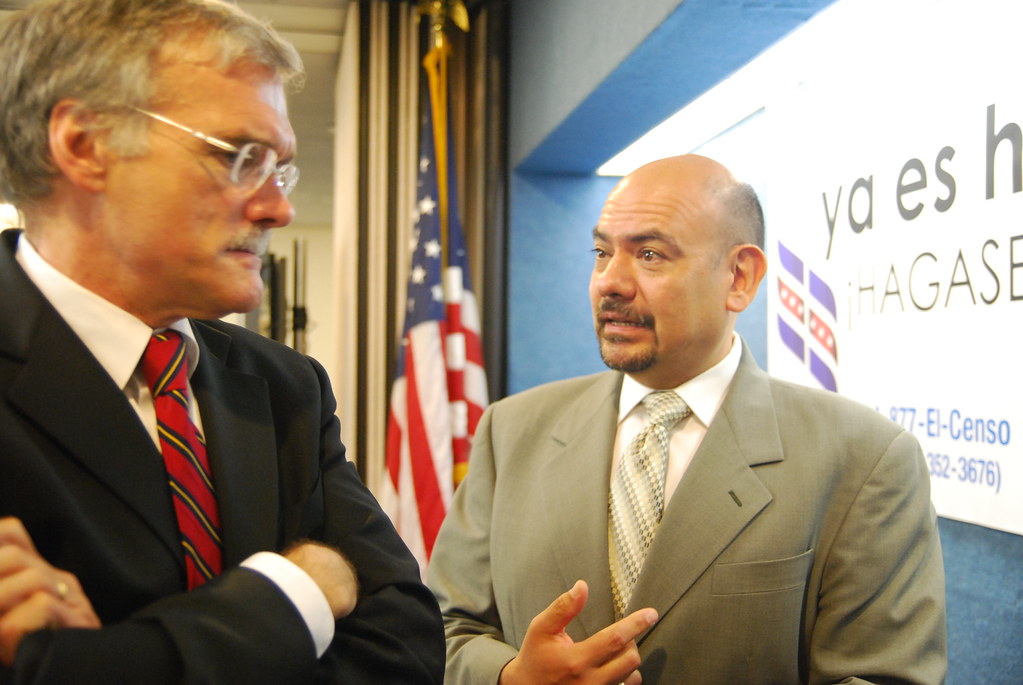Introduction:
People entered the “digital age” with the passage of time as a result of the disruption in the science and technology sector and the expansion of the Internet. The advent of the digital age has ushered in a period of unprecedented connectivity and information acquisition and radically altered how people interact with one another, learn, and engage with the outside world. The term “Internet openness,” which has helped shape the rapid growth of the Internet and has been crucial in its rapid growth in recent years, is one of the notions that this significant transformation is based on.

The meaning of the idea of Internet openness varies but is shared by individuals and organizations. One of the more convincing reasons is that Internet openness relates to the idea that the Internet should always be a platform that is free, equal, and accessible to everyone and that promotes the flow of different information and inventive development(Fan et al., 2022).
However, as the Internet and this idea have grown more widespread, its benefits and drawbacks have been examined and analyzed by academics and researchers in related fields. This article’s goal is to thoroughly examine both the significant obstacles to Internet openness in the current digital era and the enormous opportunity it presents. Maintaining the excellent characteristics of the Internet while solving potential problems and challenges has become one of the main issues that governments, businesses, and individuals need to focus on today. This is due to concerns about digital divide and privacy as well as international collaboration to create new, enormous potential. In this regard, the goal of this essay is to study the fundamental components of internet openness while illuminating and defining the opportunities and problems that individuals may experience under the notion of online openness through the use of pertinent instances.
Digital Divide:

With the daily expansion of internet openness, one of the core of the digital age, and its expansion and practice in all fields of the world, more and more challenges have been revealed, and one of them is digital divide. Digital divide means that in the global digital information age, some regions, groups and societies cannot get the same opportunities in the era when society, enterprises, groups and individuals rely on the application of information and communication technology, Internet access and other technologies to obtain information and create benefits. This time the digital divide is used as a convenient metaphor to describe the disadvantage of people who cannot or do not choose to use various Internet-related technologies in their daily lives (Cullen, 2001).
As discussed earlier, the core quality of the concept of internet openness in the digital age refers to the key elements of Internet freedom, equality and accessibility for all to support the flow of different information and creative development (Fan et al., 2022).
But through a series of practical examples such as the UN statement about digital divide can see, The internet itself, and the very concept of internet opness, still face the challenge of exacerbating the digital divide created by the emergence of the Internet age. Internet openness does not directly lead to the phenomenon of digital divide, but intensifies it in a disguised way. The core concept of internet openness mentioned earlier emphasizes equality and everyone’s access. In the phenomenon of digital divide, these elements of internet openness are strongly violated, which further leads to a series of harms such as unequal distribution of resources and unequal education level (Fan et al., 2022).
Uneven distribution of resources:

Internet openness leads to the uneven distribution of resources in some regions. According to Gullen (2011), internet openness leads to the uneven distribution of mobile phone technology, that is, basic communication resources. The open Internet is easily manipulated and operated by well-funded organizations, corporations, and corporations that dominate regions and individuals. This is particularly true in countries where technology in the telecommunications sector has been privatized, where the sector has clearly shown a reluctance to invest heavily in sources that account for only a small part of the market income, and where remote and rural areas have thus received an uneven distribution of technology resources. Although 96% of New Zealanders live in a home with a telephone, this is not uniform by ethnicity and income group. In some poor rural areas, particularly in households earning less than $15,000, up to 75% of Maori do not have a landline telephone at home (Maharey& Swain, 2001). This inequality makes it difficult for them to create an adequate economy and thus they are trapped in a cycle of domination by large corporations. And because of these marginalized communities, the needs of the group are not met, and the digital divide is further aggravated (Cullen, 2011).
Opportunities:
Although the concept of internet openness mentioned above faces challenges such as digital divide under the digital age, the concept of internet openness also relies on its characteristics to create a variety of opportunities for society, enterprises and individuals. The openness of the Internet has helped trade, innovation, macroeconomics, and social well-being to a certain extent, and has created great new opportunities for society and the economy in general (Box & West, 2016).
According to Box&West (2016) in their article, internet openness provides a lot of new opportunities to further enrich social well-being, and some of them are returned to economic benefits. The concept of freedom and accessibility emphasized in the concept of Internet openness creates a new channel of communication. People can exchange ideas, knowledge, opinions and creativity openly on the platform of Internet. Internet openness provides new and better opportunities for all industries and fields, such as the increase of educational opportunities and skills development, the improvement of public health functions and transparent government governance. On the economic level, innovation and entrepreneurship in the digital age demand openness, which is exactly met by internet openness, which consolidates the Internet’s ability to connect users on a large scale. Organizations provide an accessible platform to invest in financial and professional services (Box & West, 2016).

According to the Box&West (2016), the openness of the Internet has undoubtedly promoted international trade. The global value chain is one of the examples. Inputs from all over the world and production stages in different regions are transferred to complete the final product. The Internet’s open data flow gives small companies the opportunity to coordinate data flows and participate in trade. For example, the ITA (International trade Administration) in its press release mentioned a new initiative between the International Trade Bureau and Amazon (representative of the Open Web Trading Platform) to effectively use the Internet to provide opportunities for small and medium-sized enterprises in the United States to export products or services. And that would be a huge improvement for the U.S. economy considering that small and medium-sized businesses are the backbone of the U.S. economy and because of their large percentage, they’re an important driver of U.S. economic competitiveness. The U.S. Census Bureau estimates that more than 277,000 U.S. companies will export goods in 2021, 97.4% of which will be small and medium-sized enterprises.
Conclusion:
In short, the concept of Internet openness still faces different challenges and opportunities in the digital age. For example, it is important to strike a balance between the challenges of the digital divide and the opportunities of international trade. To maintain a vibrant, fair and open Internet that continues to power individuals and businesses around the world and in society. National governments, large companies, as well as society as a whole and individuals need to remain vigilant, actively advocate and strengthen cooperation and exchanges to maintain the principle of Internet openness.
Reference List:
Box, Sarah and West, Jeremy K., Economic and Social Benefits of Internet Openness (June 22, 2016). OECD Digital Economy Series No. 257 http://dx.doi.org/10.2139/ssrn.2800227
Cullen, R. (2001). Addressing the digital divide. Online information review, 25(5), 311-320.
Chuang, T. R., Fan, R. C., Ho, M. S., & Tyagi, K. (2022). Openness. Internet Policy Review, 11(1).
International trade Administration. (2023, February 3). International Trade Administration and Amazon Launch New Initiative to Boost Export Opportunities for American Small Businesses. Www.trade.gov. https://www.trade.gov/press-release/international-trade-administration-and-amazon-launch-new-initiative-boost-export
Perez-Trujillo, Manuel & Lacalle-Calderon, Maricruz, 2020. “The impact of knowledge diffusion on economic growth across countries,” World Development, Elsevier, vol. 132(C).
Maharey, S. and Swain, P. (2001), Closing the Digital Divide – What do we Know about the Digital Divide in New Zealand?, http://www.executive.govt.nz/minister/maharey/divide/01‐01.htm
United Nations News. (2012, November 6). Over two billion people now connected to Internet but digital divide remains wide – UN | UN News. News.un.org. https://news.un.org/en/story/2012/11/424912